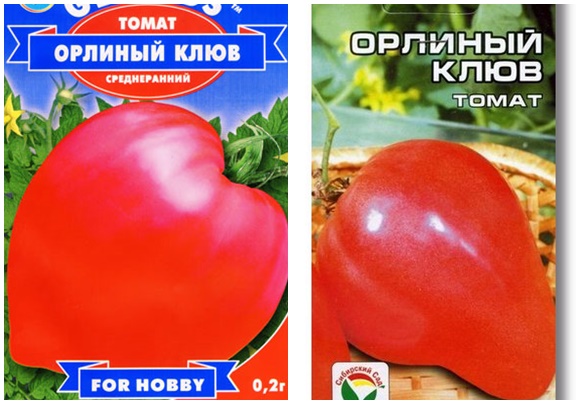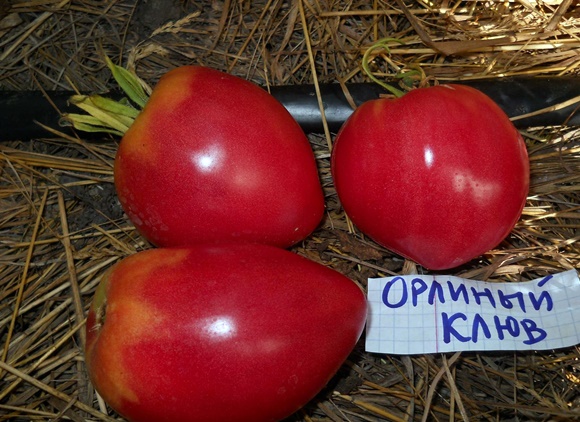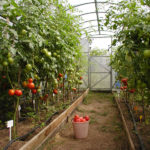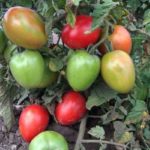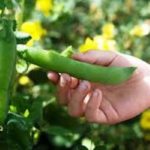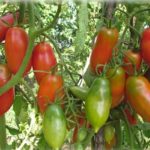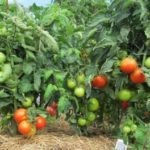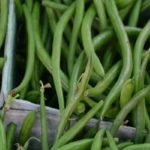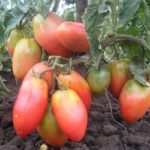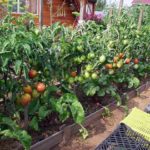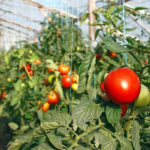In terms of productivity, the Eagle's Beak tomato is considered the leader among large-fruited varieties. It is distinguished by its pink color and unusual shape of the fruit, reminiscent of a bird's beak. The advantages include the ability to grow the variety in a greenhouse and in open ground.
Description of the variety “Eagle Beak”
The unusual salad tomato variety Eagle's Beak receives extremely positive reviews from vegetable growers. Everyone notes the taste and excellent yield.
Main characteristics of the variety
A universal variety created by Siberian breeders, it is suitable for growing outdoors and in all types of film and glass greenhouses. The description of the variety by producers demonstrates its resistance to temperature changes and most diseases of nightshade crops. List of characteristics:
- the growing season ranges from 101 to 115 days, which allows the tomato to be classified as mid-early;
- the plant, depending on planting conditions, can reach a height of 1.2 to 1.5 meters;
- medium sized leaves. The green mass is small;
- the first ovary is formed above the 8-9 permanent leaf;
- the main stem stops growing after forming 8-12 inflorescences;
- The yield norm for the variety is to harvest 6-8 kg of tomatoes from a bush;
- green tomatoes ripen perfectly at home without losing their taste.
The variety belongs to the intermediate type of semi-determinate plants, capable of producing abundant harvests with shortened growth periods. Such characteristics of the Eagle's Beak tomato are appreciated by gardeners. But they are the ones that require additional care when growing.
Fetal characteristics
The salad variety has excellent fruit quality:
- tomatoes are beautiful, raspberry-pink in color, with smooth, thin, shiny skin;
- the pulp is juicy, quite dense, there are few seeds;
- the taste is sweet, with a slight sourness;
- the shape of the fruit resembles a powerful, slightly curved bird's beak;
- the fruits are very large, especially in the initial stage of fruiting, individual specimens of Eagle's Beak tomatoes gain weight up to 800 g;
- at the next stages the fruits are smaller, but on average they range from 200-400 g, which is an excellent indicator.
Tomatoes are suitable for preparing salads, tomato puree, and various kinds of winter preparations. But it is best to eat tomatoes fresh. Housewives leave rave reviews about Eagle's Beak tomatoes and their taste.
In semi-determinate varieties, the formation of flowering clusters on the planted seedlings should not be allowed. The growth and survival of the plant is inhibited. If the brushes have formed before transplanting into the ground, then it is better to remove them.
Features of cultivation
Semi-determinate varieties are very productive, but require care.
It all starts with seedlings
The basis for obtaining a good harvest is laid by growing strong, hardened seedlings.
- Tomatoes are planted in a permanent place 60-70 days after germination.
- Taking into account whether the tomatoes will grow in a greenhouse or outdoors, the date for planting seeds for seedlings is calculated.
- This tomato variety can be planted in a greenhouse in the first ten days of May. We begin to germinate seeds in early March.
- It is customary to plant tomatoes in open ground at the end of May or early June. In this case, we prepare the seeds for planting at the end of March.
- Traditionally, they are treated with a solution of manganese and a growth stimulator.
- Sowed to a depth of 2 cm and germinated at 23-25 degrees.
- Plants can be picked when the second permanent leaf appears.
- It is important to ensure sufficient lighting without allowing the stems to stretch.
Further care comes down to watering, loosening the top layer of soil and fertilizing.
Plants of the semi-determinate type often form a large number of fruits to the detriment of the development of the root system and vegetative mass. To prevent premature growth cessation, tomatoes should be fed intensively.
Landing at a permanent place
Such features of the variety as the large weight of the tomatoes and the height of the plant require reliable support and mandatory garter. Moreover, the stem is not powerful enough to hold a significant harvest. You will have to spend additional time forming the bush.
- Seedlings are planted in the ground at two months of age, using a 50 x 40 planting pattern. It is not recommended to plant more than three plants per square meter.
- It is imperative to install reliable supports and tie the stem.
- Care comes down to watering, fertilizing and measures to form the bush.
- When forming a plant with two stems, a stepson is left located below the first formed cluster. 3-4 brushes are left on the main stem, 2 more brushes on the additional stem and the shoot is pinched. The plant can ensure the full formation and development of no more than 8-12 brushes.
- If it is decided to leave only one stem, then 1-2 stepsons are kept in the upper part of the plant. If the main stem stops growing, growth continues through reserve shoots. All extra stepsons are removed.
- To prevent early growth arrest, the 4 largest tomatoes are left in the first two clusters. The remaining clusters are formed from 4-8 fruits, removing all deformed ovaries.
- Plant growth can be supported by timely fertilizing and frequent watering at the root.
The variety is characterized by good disease resistance and, if it receives quality care, will respond to care and attention with a decent harvest.

